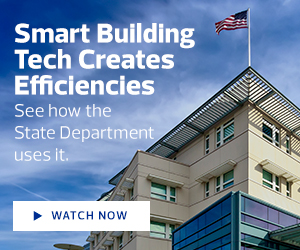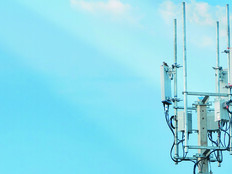Smart Buildings Start to Take Off
Although smart building technologies have been around for years, they’re still far from achieving the level of penetration of many other IT or operational technology solutions. But Dennis Shelden, associate professor and director of the Digital Building Laboratory at Georgia Tech, believes that smart buildings are poised to have their moment.
“There’s an increasing convergence among all these different smart systems that allows people to add more and more layers of intelligence and understanding about how buildings are operating and how to improve their performance,” Shelden says. “The costs of these sensors are coming down dramatically, and the systems are becoming open — I feel like we’re at the beginning of a revolution around smart buildings.”
The GSA itself has implemented smart building technologies not only at its agency headquarters, built in 1917, but also at more than 200 of the facilities it manages across the country.
A Government Accountability Office report in 2018 outlined details of the program, including advanced utility meters that measure use in real time (about 675 of them are installed in the agency’s 1,600 federally owned buildings).
Another detail: computer software that collects and analyzes data from the advanced meters, and can let facilities managers know about problems that humans may not be able to detect.
Installing the meters and software costs between $48,000 and $155,000, the GSA reported, but those costs were expected to fall.














